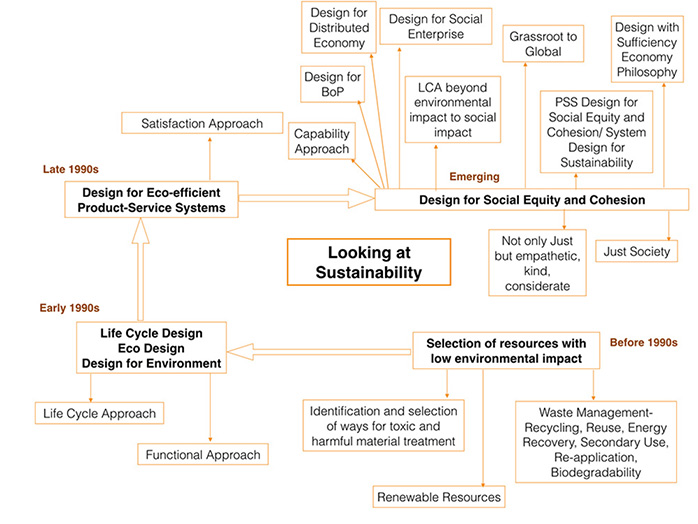Search
- yohoho
- unblocked games 77
- unblocked games 8
- unblocked games 2
- unblocked games for school
- unblocked games world
- retro bowl
- unblocked games
- unblocked games premium retro bowl college best unblocked games unblocked games
The table below helps to trace the developments and discourse to help understand the concepts and concerns related to Sustainability and Design for sustainability over the last 50 years.
<<<<<<<<<<Table----pending>>>>>>>>>
Table 1: Timeline of major developments and how it changed the global out look towards “sustainability”.
From the above table it is evident how the concept of sustainability and sustainable development matured and evolved over the last few decades. It began its journey from concerns related to environmental degradation and depletion in natural resources. Slowly it acquired a more systemic view wherein a balance between the three pillars, environment, economics and society, are being considered as interconnected and sustainable development is achieved at the confluence of the three pillars. Thus the progress can be traced as from selection of resources with low environmental impact to the Life Cycle Design or Eco-design of products, to designing for eco-efficient Product-Service Systems, to designing for social equity and cohesion. This development is not exactly chronological neither are exclusive in terms of boundaries. Under different contexts like level of industrialization or socio-economic needs of a developing country, the focus, boundaries and priorities have varied.

This image presents this shift in approach over the last few decades.
Selection of Resources with Low Environmental Impact
This approach deals with a precautionary principle and requires the selection of materials, processes and energy resources with low environmental impact, identification and elimination of possible toxic and harmful materials, design for waste optimisation and management (recycling, re-use, energy recovery, biodegradability). Design for recycling, reuse or energy recovery suffers from various economic and technological limitations.
Life Cycle Design/ Eco Design/ Design for Environment
Since the 1990s, in order to design products with low environmental impact, a product life cycle based approach gained momentum [8-15]. This is referred to as Product Life Cycle Design, Eco-design or Design for Environment. Product life cycle, in this context, comprised of the production, use and disposal stages of a product. Methods for assessing the environmental impact of product in terms of input and output between the techno-sphere, geosphere and biosphere during its life cycle were developed. Life Cycle Assessment (LCA) is one of the most popular of these methods.
Two approaches gained momentum:
1. Life Cycle Approach - from designing a product to designing the product life cycle stages in a holistic approach.
2. Functional approach - to design and evaluate a product’s environmental sustainability, beginning from its function rather than from the physical embodiment of the product itself.
Design for Eco-efficient Product Service Systems
From the late 1990s, more stringent interpretations of sustainability mandated that one needs to rethink radically to alter the entire production and consumption model to achieve significant progress. Thus, design for eco-efficient Product-Service-Systems gained momentum where-in the mandate is to design from a satisfaction approach, i.e., fulfilling demand related to needs and desires rather than purely a functional approach. [16-27]
United Nations Environment Programme [28] states that a Product-Service System (PSS) is “the result of an innovative strategy that shifts the centre of business from the design and sale of (physical) products alone, to the offer of product and service systems that are together able to satisfy a particular demand.”
Design for Social Equity and Cohesion
Now design research in the West is opening up a dialogue on the possible role of design for social equity and cohesion as part of DfS [26, 29-39]. But a literature research into design reveals that questions of social responsibility of designers and design is not new. They had been emphasised even during the 70s [40, 41] and more so in the East. Some of these contributions were disseminated before the concepts of sustainable development was introduced in the late 1980s.